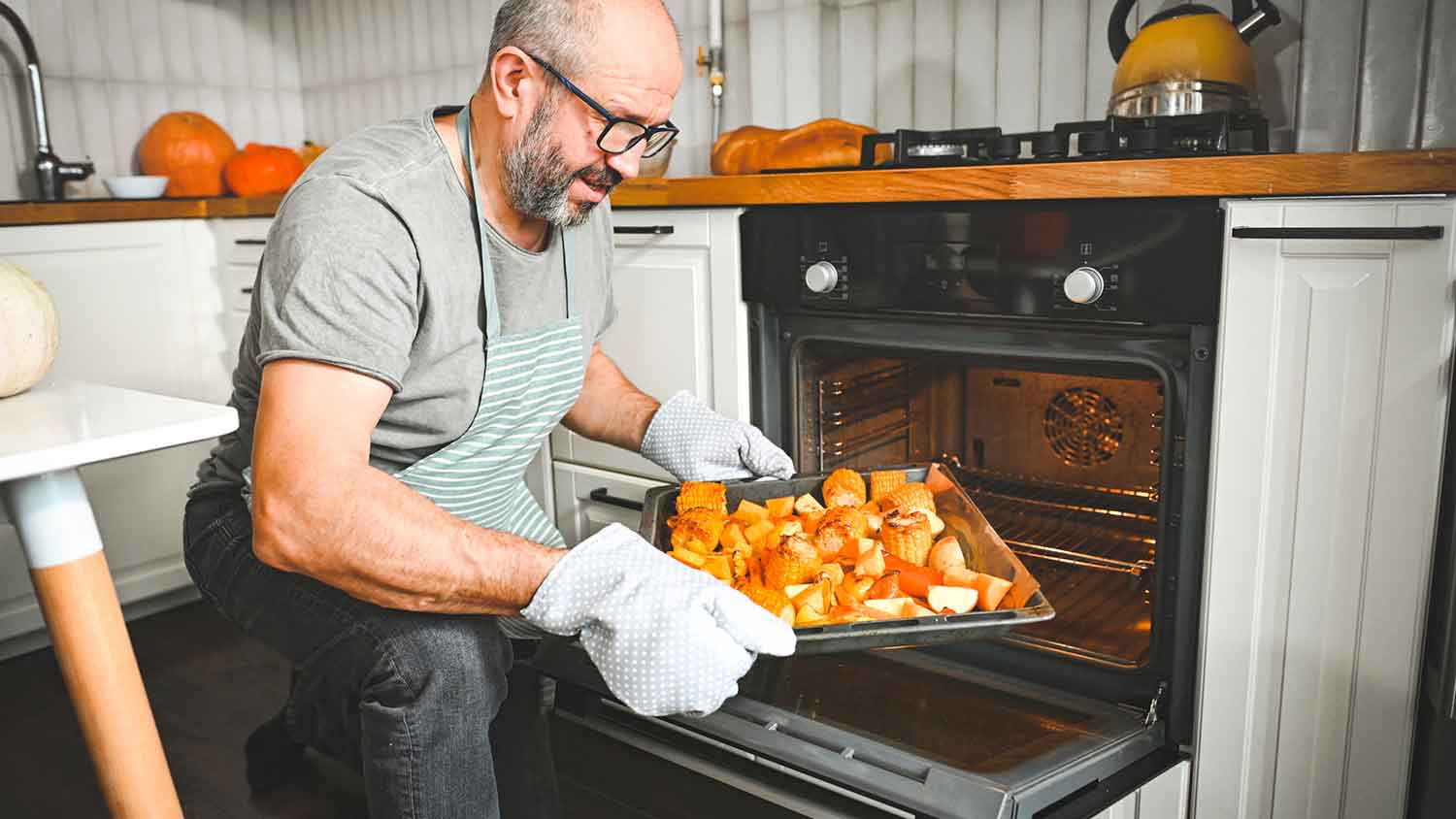8 Tips for Maintaining Your Oven Like a Pro
Whether you're an avid home chef or a once-in-a-blue-moon baker, it's essential to keep your oven safe and up to date. We've included a list of to-do items to maintain your oven and avoid repairs.


Your newly discovered bread-baking skills wouldn't be possible without a clean and high-performing oven. With the right TLC over the days, months, and years, you can extend its common lifespan and avoid the costs of professional repairs or replacement. Check each box on this list to keep your stove and oven safely cooking and looking clean no matter the size of your next baking endeavor.
1. Deep Clean Your Oven at Least Twice a Year

How often should you give your oven and stove a good scrub? Depending on your weekly cooking habits, perform a deep clean of your oven between two and three times each year.
Here are some oven-cleaning tips to keep in mind:
Only clean a fully cooled-off oven.
Unplug your oven if you'll be cleaning it by hand with a wet cloth. You can also switch off the circuit breaker if the plug is too tricky to reach.
Do not remove the knobs to your burners. If a chemical cleaning solution gets behind the knobs, it can damage your oven wiring.
Remove the oven racks for a soak, scrub, and dry before returning.
Use a wet cloth with either a gentle store-bought or vinegar and baking soda solution to wipe down the inside of the stove. Let hard to clean areas soak before scrubbing with the towel.
Allow the oven to dry before use.
Remember to plug the oven back in.
Make your deep cleans much easier by wiping down your stove and burners at least once a week—or after each messy meal. Never leave thick food residue on the bottom of your oven, as it can smoke or even catch fire.
2. Use the Self-Cleaning Option Sparingly
The self-cleaning option on your oven sends the temperatures soaring to 500 or 600 degrees to break up difficult debris. It's best used after a catastrophic lasagna overflow or if your oven hasn't received attention in quite some time. Running it too often without an additional hand cleaning can eventually damage your oven.
Every model is different, so be sure to check out your owner's manual before trying it out. Also, never leave your oven unattended when using the self-cleaning feature for you and your home's safety.
3. Inspect Your Gas Line
If you recently purchased a new oven, speak with your oven installation team about replacing the gas line as well. The movement of the installation can jostle and damage an old line, causing small leaks.
4. Replace Damaged Burners
Old or dirty coils break down over time. If you spot a deep red spot on the coil when in use, turn it off and contact a stove repair specialist ASAP. This could be a sign that it is on its way out.
While new burner coils will likely only cost between $10 and $30, gas ignitor or eclectic glass-top stove repairs run a bit higher from $150 to $600.
5. Check Your Oven Gasket
The rubber strip around the inside of the door of your own provides a crucial seal for the cooking process. During your deep clean—and before you ever use the self-cleaning feature—check the gasket for tears, holes, or general wear. If everything looks good, wipe it down with a cloth, soap, and water.
eIf you do detect damage to the gasket, have it replaced before using your oven again.
6. Clean Your Range Hood Filter
If you have a range hood and fan above your stove, clean the filter at least once a year. Depending on the model, the filter should pop out easily by hand or with the help of a flat-head screwdriver.
Soak the filter in a large tub of water, baking soda, and dish soap to dissolve the grease. You can also use a large casserole pan. Remove any remaining grease with a soft sponge. Finally rinse and let it dry before replacing.
7. Check Behind Your Range
Remember that time you flung a piece of pasta behind the stove when cooking with the kids? Cleaning behind your range at least twice a year can protect against rotting food, mold, dust, and the inevitable kitchen pest.
Unplug your range before attempting to move it. If it is easy to pull a few inches away from the wall, you can do this yourself. Use a broom, microfiber mop, or vacuum attachment to collect anything that has fallen behind the stove.
If your stove is too large to move, you may need the help of a contractor during your next repair.
8. Cook Responsibly
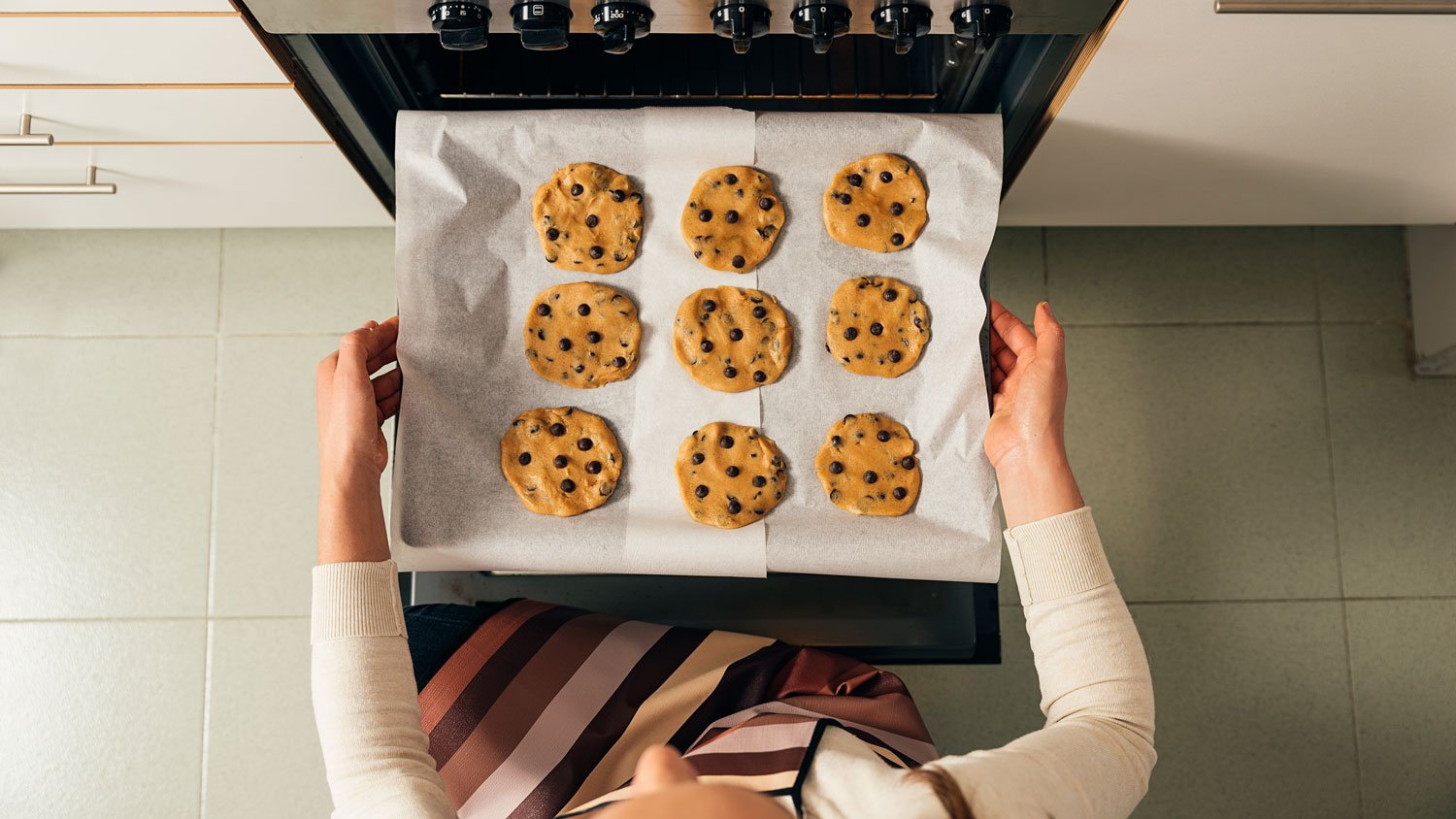
Cut down the need for an afternoon of cleaning by cooking messy dishes with care. Place recipes like pies and casseroles on top of a baking sheet to protect against overflowing food dripping below.
Quick note: never place aluminum foil or a baking sheet on the bottom of the oven on top of the vents. Doing so can block the blow of heat and even damage your oven's burners.
Most importantly, treat your oven like you do all over high-traffic appliances in your home. With the right attention, you can bet on safe meal prep and a great loaf of bread for years to come.


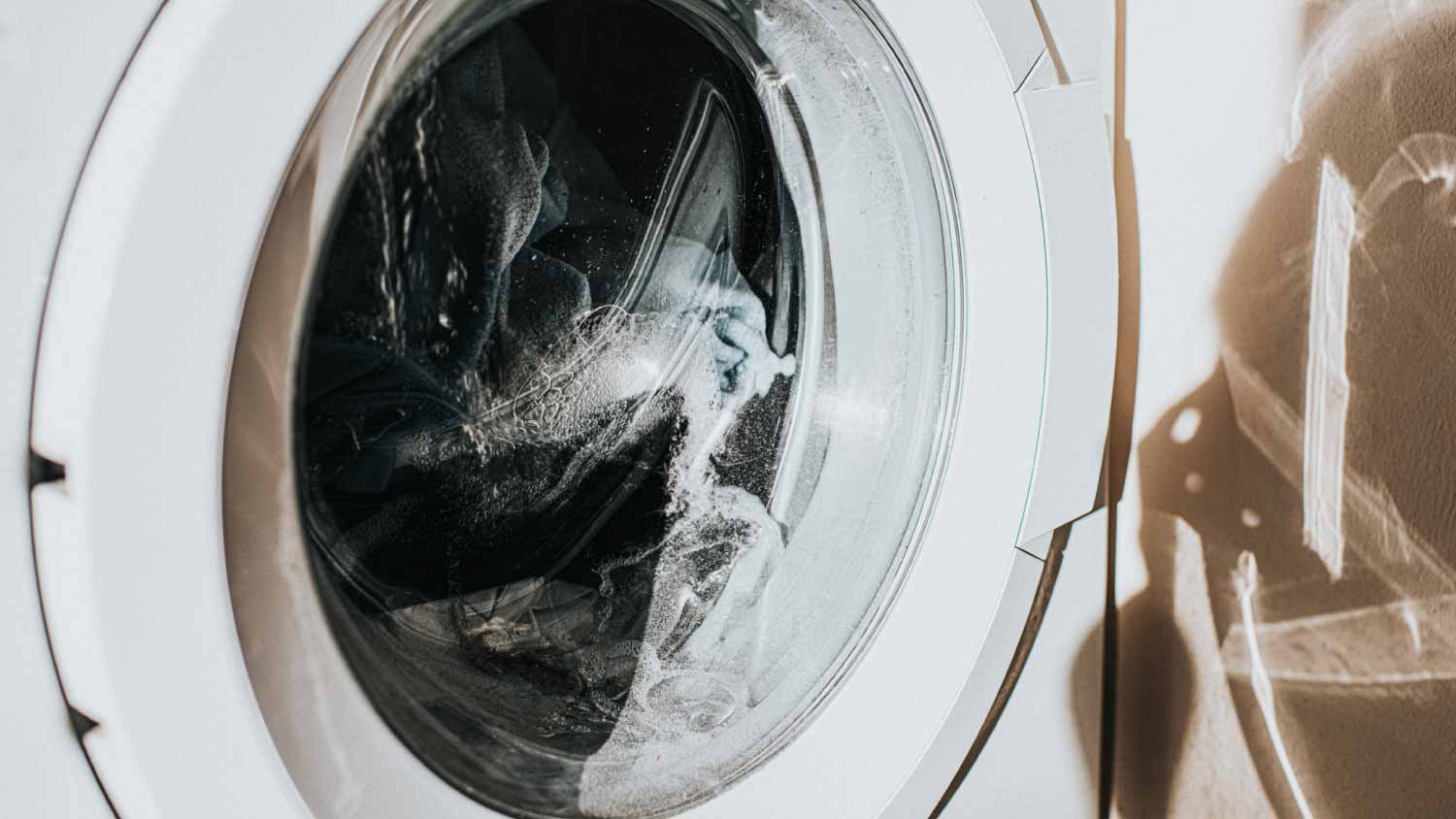
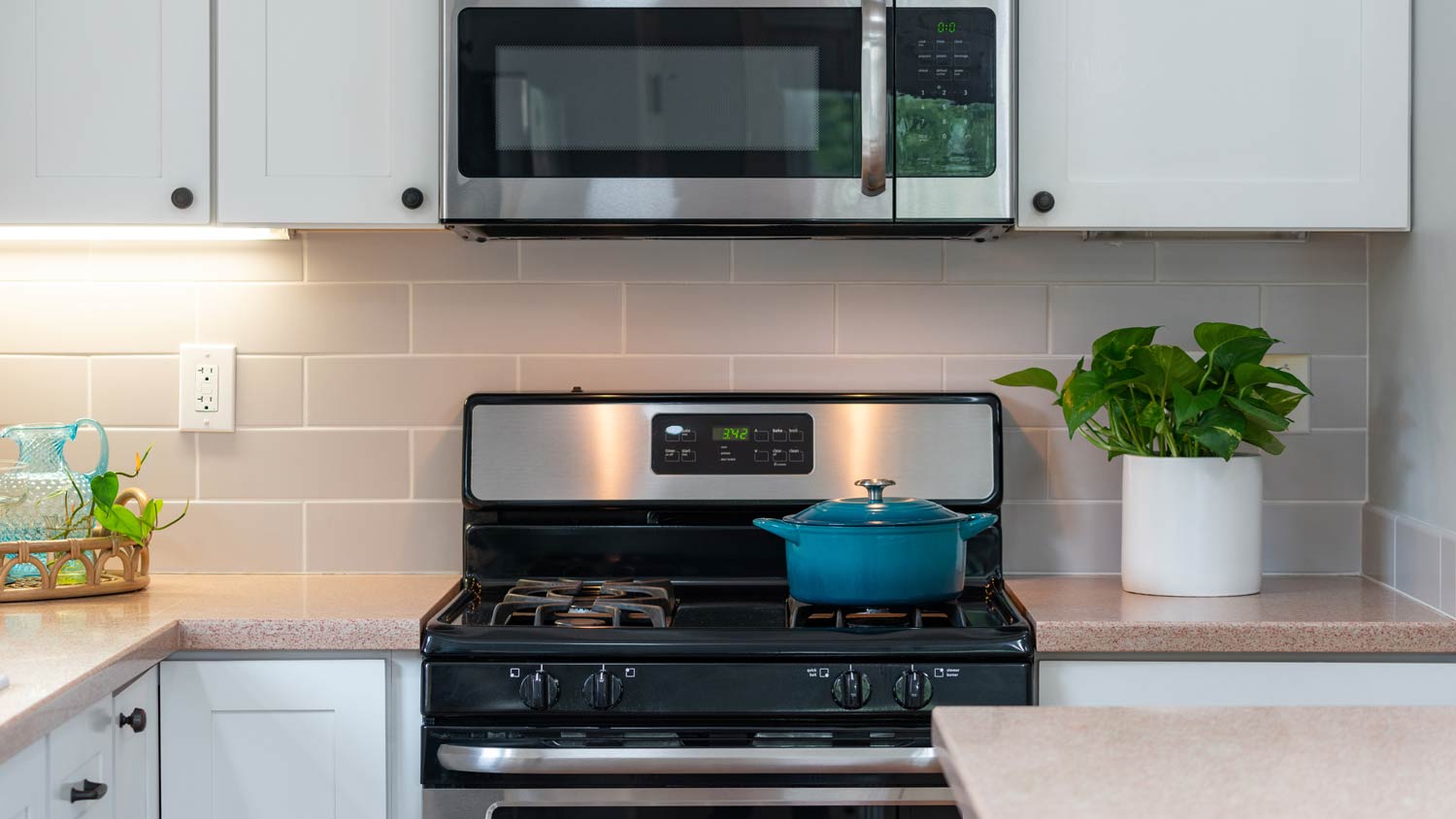
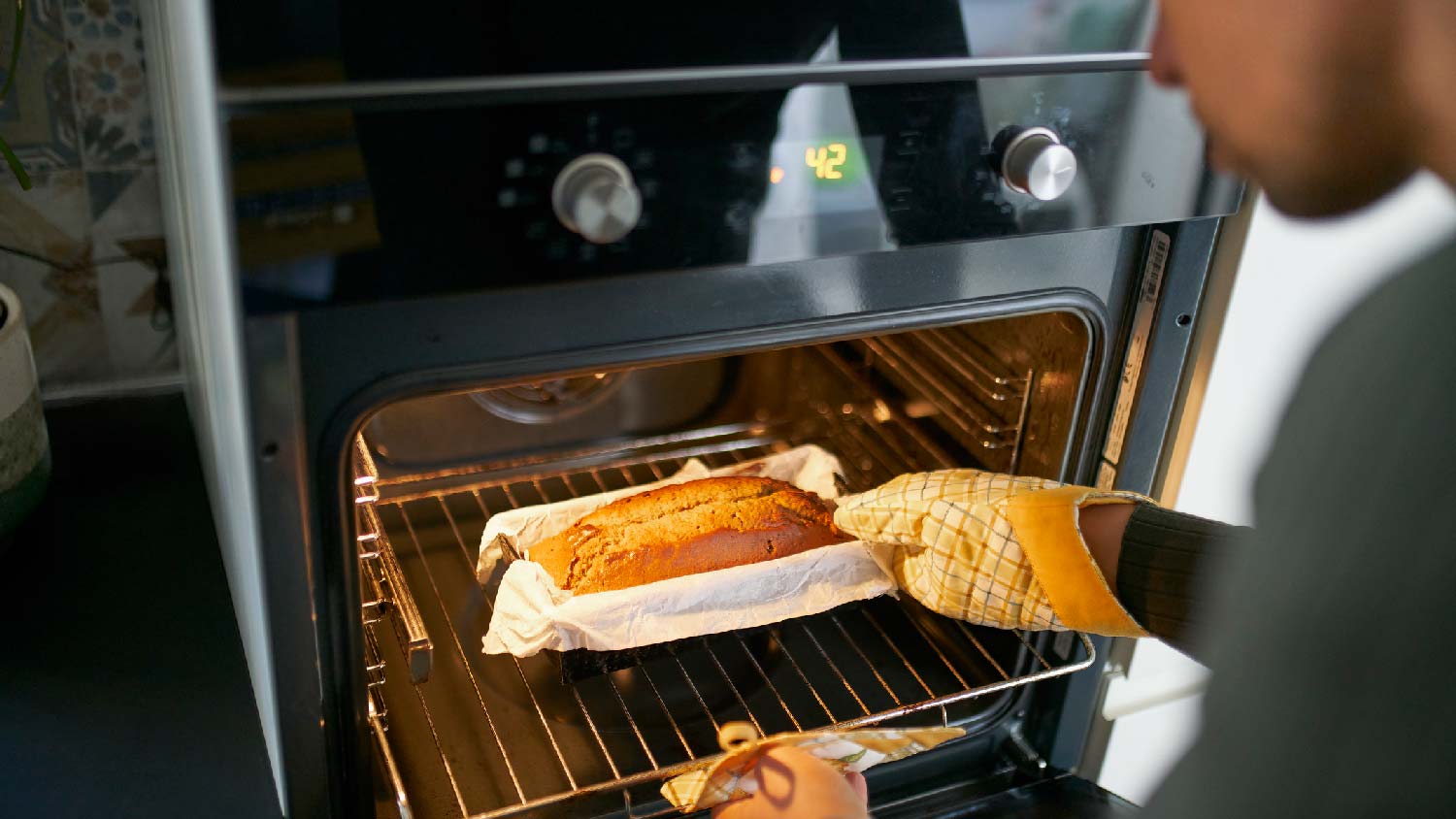
- Appliance Repair Companies
- Washing Machine Repair
- Dryer Repair
- Refrigerator Repair
- Dishwasher Repair
- Oven Repair
- Wood & Pellet Stove Repair
- Freezer Repair Services
- Wood Stove Services
- Gas Stove Repair
- Emergency Appliance Repair Companies
- Ice Maker Repair
- Gas Appliance Repair
- GE Appliance Repair
- GE Refrigerator Repair
- GE Dryer Repair
- GE Dishwasher Repair
- GE Washing Machine Repair
- Samsung Appliance Repair
- Samsung Refrigerator Repair
- Samsung Dryer Repair
- Samsung Washer Repair
- Samsung Dishwasher Repair
- Samsung Oven Repair
- Whirlpool Repair
- Whirlpool Refrigerator Repair
- Whirlpool Washer Repair
- Whirlpool Dryer Repair
- Whirlpool Oven Repair
- Maytag Appliance Repair
- Maytag Refrigerator Repair
- Maytag Washer Repair
- Maytag Dryer Repair
- Maytag Dishwasher Repair
- Kitchenaid Appliance Repair
- Kitchenaid Oven Repair
- Kitchenaid Refrigerator Repair
- Kenmore Appliance Repair
- Kenmore Dishwasher Repair
- Kenmore Washer Repair
- Kenmore Dryer Repair
- LG Refrigerator Repair
- Bosch Appliance Repair
- Kenmore Refrigerator Repair
- LG Appliance Repair Services
- GE Microwave Repair
- Electrolux Appliance Repair
- Electrolux Washer Repair
- Kitchenaid Dishwasher Repair Services
- Wood Stove Inspection
- Dishwasher Installation
- Trash Compactor Repair



